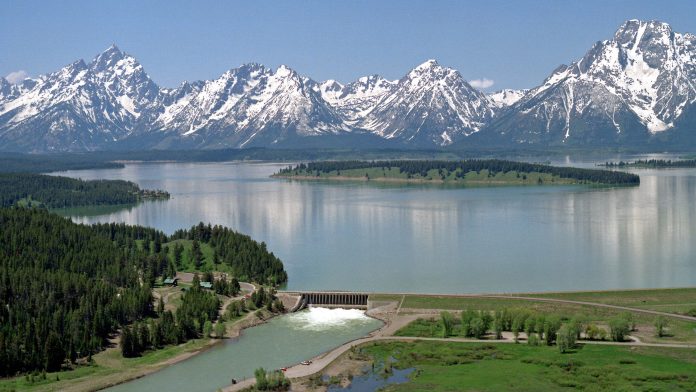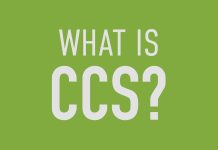
Much of today’s discussion on electricity generation is focused on the debate between new energy sources like wind and solar, and traditional generation fuels like coal. With the dramatic jump in domestic production from fracking, natural gas is growing its share of our electricity generation. Nuclear electricity provides almost 20% of America’s electricity.
But sitting quietly in the background throughout the ongoing debate is an old standby, hydroelectric power.
Hydroelectric power generation uses the flow of water, from a reservoir or river, to turn a turbine which is linked to a power generator. As water flows past the turbine, it turns a shaft leading to the generator, and generates electricity. Hydroelectric power is completely renewable and has no emissions.
America’s largest source of renewable energy, hydroelectric power generation currently produces about 7 percent of the nation’s electricity while other renewable sources (wind, solar, biomass and geothermal) generate a total of 6 percent combined according to the National Hydropower Association.
Most Americans have seen hydroelectric generation without even realizing it. The Hoover Dam in southern Nevada was built as a large public works project started in 1931 and completed in 1936. The installation creates enough power to sever 1.3 million people.
There are more than 2200 hydroelectric generation sites across every state in the country, and they form regional clusters in the northwest, southeast and northeast. Fifty two percent of our hydroelectric generation capacity is owned and operated by the federal government through the Army Corps of Engineers, the Bureau of Reclamation and other agencies. The remaining 48% is owned by public and private utility companies.
- Click here for an interactive map of the location of hydroelectric plants across the country.
Hydroelectric power generation has the potential to grow as a sustainable power source in the coming years as states look to increase electricity production, but keep emissions low. In 2012, the Department of Energy found that by installing hydroelectric generation on non-powered dams, America could increase its current hydroelectric generation capacity by 12,000 megawatts, or 15%! An additional 9,000 megawatts could be generated by modernizing existing installations with newer, modern generation units. In total, these efforts to increase the use of hydroelectric generation have the capacity to power 96 million American homes.
In 2013, Congress acted in a bipartisan manner to pass the Hydropower Regulatory Efficiency Act. The law includes charges to streamline the permitting process for converting existing dams into electricity generators. Since converting existing dams into power generators is a low-cost, low-risk way to increase renewable electricity generation, it is in the best interest of consumers to ensure a streamlined permitting procedure that takes into account that much of the environmental impacts associated with damming the waterway have already occurred.
The process of converting non-powered dams into power generators could create hundreds of thousands of clean energy jobs and help revitalize communities across the country.









